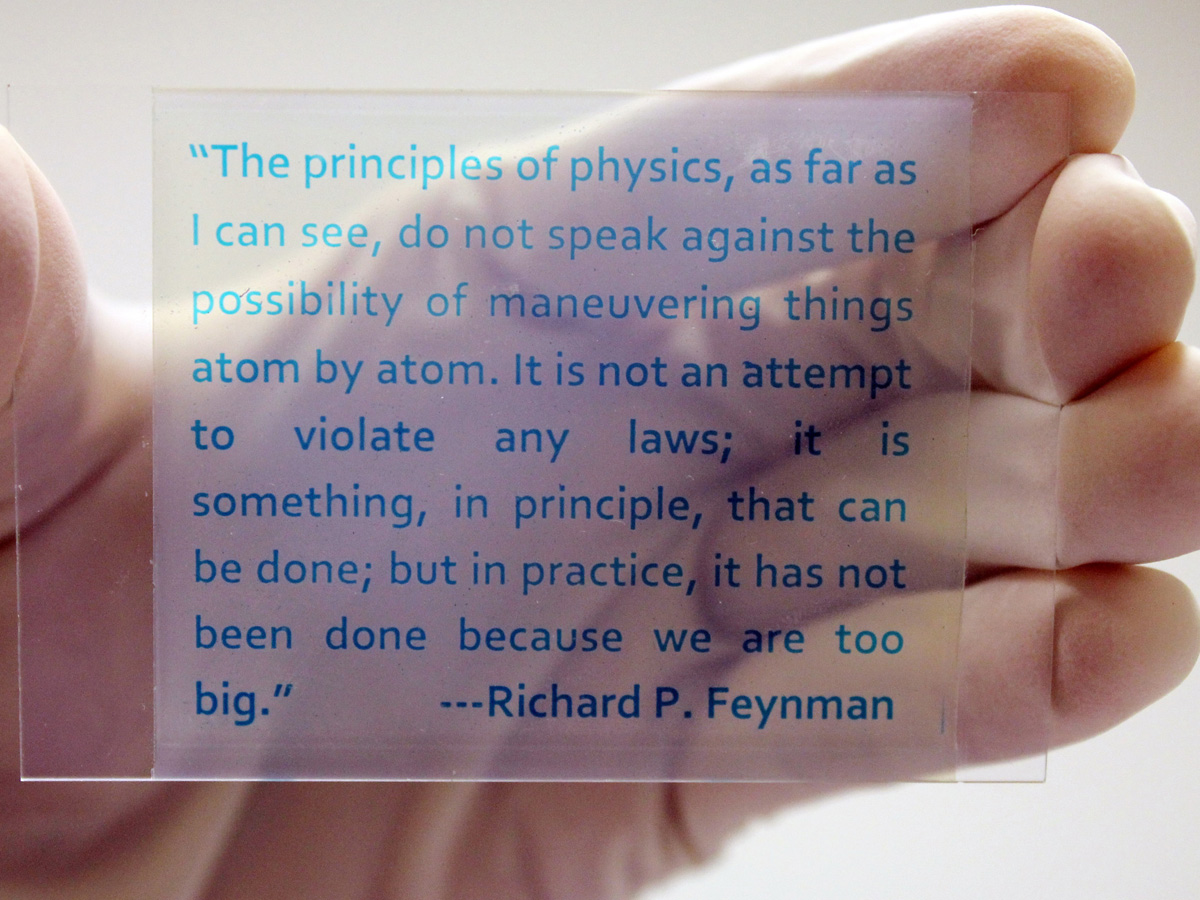
The Yin Group, a UCR-based research team, recently published an article related to the development of reusable paper in the academic journal “Nature Communications” on Dec. 2. Led by Yadong Yin, the research could potentially pave the way for the marketable mass production of a type of paper with a smaller environmental footprint.
The paper — available in shades of green, blue or red — is composed of cellulose, titanium and a redox dye, which reacts to ultraviolet light by becoming clear; this allows writing and erasing multiple times without a decline in contrast and resolution. Printing is achieved by preventing some light from reaching the paper, and images can be erased through the application of heat.
Yin stated that the paper will be eco-friendly: “All of the material is non-toxic, we don’t really use a lot (of material) and the organic dye is biodecomposable.”
Yin and Ji Feng, a graduate student in the chemistry department who will take over the research in the spring, suggested that immediate applications of the material could include department store price tags, Hollywood scripts, posters and company memos.
The advanced paper currently cannot be used as a permanent storage medium; it fades with time. Consumer demand and law requires consistent reference to printed documents in medical, legal and other professional fields, which presents a significant obstacle to the universal adoption of reusable paper.
Important advancements moving this product toward the marketplace have been made. Feng is currently working to advance the paper’s reusability to at least 1,000 separate instances before the paper loses image resolution; those numbers represent a drastic increase from the merely 30 possible instances developed by the group early last year.
Other important developments include the length of time the paper can store an image. Today, it will maintain an image for at least a month, whereas previously, it hovered around three days.
The need to develop an efficient and ecologically friendly printer joins those concerns. A prototype printer uses an image created via a separate laser jet printer to block the UV light, a method which lacks the nuance and environmental concern of the current development.
Yin admitted that marketing the product is not his group’s priority; instead he and his cohort seek to further understand the contents of the reusable paper in his lab.
According to Michael Arciero of UCR’s Office of Technology Commercialization, “There have been several inquiries but none have moved forward yet on this technology … our office is able to rapidly negotiate licensing contracts once a company is prepared to move forward. Getting to that point involves a lot of factors outside of our control.” As of now, no full-color image has been demonstrated on this material in a lab environment.
A business could fund the research and development necessary for the mass production of a new printer tailored to the new paper. When asked about the creation of printing full-colored images, Feng felt it would be “easy” to accomplish this task. “If we can achieve those three basic colors, if the colors don’t vary, if red is really red, and blue is blue we can have all the colors,” he said.
Yin disclosed that experiments using varying wavelengths to clarify a paper made up of all three dyes had been considered.








